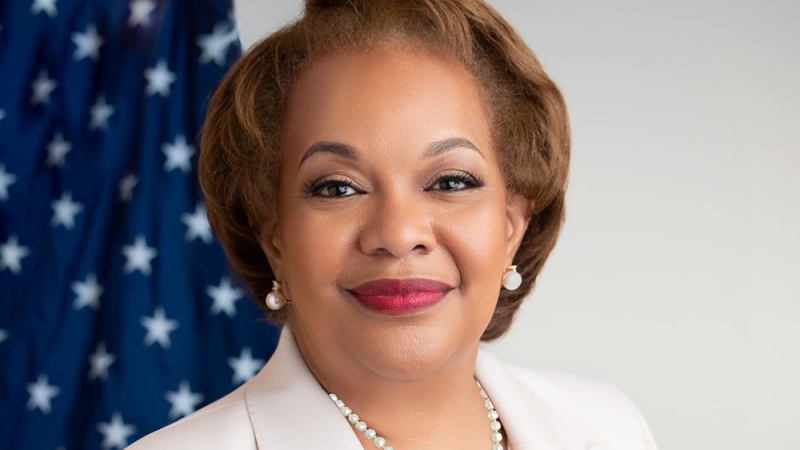
A Slow Swing to Economic Improvement Predicted for 2023

With fed rate hikes maybe nearing completion and employment rising, mortgage rates are set to decrease, despite the potential for inflation remaining at 3%.
Better days are ahead but the coming is slow, hundreds of listeners heard chief market analyst Bill Bodnar predict Thursday.
Chief revenue officer of Tabrasa and the chief market analyst for their Mortgage Market Guide, Bodnar served up the good and the not-so-tasty news during his ‘Reading the Markets’ webinar.
He used a golf analogy to frame the first half of 2023 as “the front nine” and the latter part of the year - still ahead of us – as the back nine.
“The Fed rate hikes are almost over, inflation has peaked and it could have also bottomed; the labor market is tight, the housing future is bright,” Bodnar said. “The economy is slowing down slowly, employment is up and that means rates are going to come down slowly. The good news is rates are going to continue to come down and it’s going to make for a wonderful market going forward.”
The Federal Reserve held its policy meeting Wednesday, setting its benchmark short-term rate at 5.3%. Officials said the chance of another rate hike come Sept. are about 30%.
“The Fed was non-committal on everything,” Bodnar pointed out. “The process of getting to 2% inflation has a long way to go. They want to get there in 2025, but it’s going to take a long time for the full effect of monetary restraint to be realized.”
People in the mortgage and banking industry might have to come to terms with the fact that 3% could be the new 2%, he cautioned.
“We don't have enough people working to have our economy grow at a level that lowers prices,” Bodnar explained. “I don't think the labor pool is nearly as productive as it could be.”
There are currently 9.8 million jobs available in the U.S. and 5.7 million people unemployed - a rate of 3.6%. Still, job growth has been minimal the last few years, only surpassing pre-pandemic levels by 2 million.
“Rates peaked when the dollar started to weaken,” Bodnar said, adding, “The cost of oil is going higher as bad actors are cutting supply.”
He also shared a timeline of the economy and the Fed’s responses, beginning with the 2008 financial crisis, which spurred the need for regulation. 2017 marked the post-crisis reforms and then just Thursday, regulators announced plans to impose new capital requirements on large banks.
The so-called Basel III Endgame could require the six largest financial institutions to put aside billions of dollars to cover potential losses. Compliance must take place by 2028.
“When I hear no more self-regulation and the government coming in, I’m hearing additional cost and additional complexity,” Bodnar said.
He recommended people watch the housing market carefully over the next few months, particularly rental rates. Energy costs are another area that impacts gross domestic product.
While it’s impossible to predict how long the Fed will sustain its high rates, a look back indicates a range of five to 15 months.
In 2018, Bodnar shared, the peak rate was held for 7.3 months. In 2008, 14.6 months, 2000, 7.6 months, and 1993, 5.1 months.
“We have to prepare our minds, our clients and our pipeline that the Fed is going to hold the higher rates longer,” he went on to say.
Hear more from Bodnar at the upcoming Originator Connect in Las Vegas, Nev. Aug. 17, where he will be a guest speaker.



